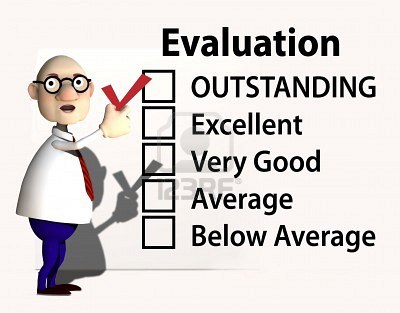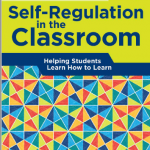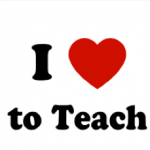Recently I started a class on instructional supervision. The reading and content have been very interesting. The topics in class have lent themselves to examining teacher evaluations in a more thorough manner. Lately there has been a lot of talk about new teacher evaluation procedures including student achievement data, as well as classroom observations. I am curious to see how it all fits together.
Platt, Tripp, Ogden, and Fraser the co-authors of The Skillful Leader: Confronting Mediocre Teaching bring up interesting techniques to increase the reliability and validity when evaluating teachers. Richard Manatt at the University of Iowa advocates for the 360-degree evaluation model. This model includes: classroom observations, teacher self-evaluation, student, parent and peer feedback. This approach seems so thorough compared to a couple classroom observations that may or may not total 60 minutes of instruction.
Recently, I have had the opportunity to accompany my principal on formal teacher observations and evaluations to fulfill the hours of my principal internship. Our evaluation process is based on a formal observation and several drop-in evaluations. So, our teachers are evaluated on less than 60 minutes of instruction. Hmmm. I had really never thought of this process as unfair or detrimental. But now I am rethinking my philosophy.
By using the 360-degree evaluation model, an administrator would be evaluating the “whole” teacher. One data source might be observing one and a half lessons or periods over several days. Yes, this takes more time, as you would need to observe half a lesson on one day, return the next day to observe a full lesson and then revisit for another half lesson the following day. Seems like you would get richer data and a more accurate picture of the teacher’s strengths and areas for growth.
Maybe the evaluation piece is just new to me or I am looking at it through a different lens. Doesn’t it seem more practical to approach teacher evaluations with several pieces of data to better understand and assess the effectiveness of a teacher? Wouldn’t you want to consider input from students, parents and peers when compiling a “snapshot” of a teacher? Isn’t that what we ask teachers to do in the classroom with their students? So, why the double standard?









